This is one in a series of posts on the Fujifilm GFX 100S. You should be able to find all the posts about that camera in the Category List on the right sidebar, below the Articles widget. There’s a drop-down menu there that you can use to get to all the posts in this series; just look for “GFX 100S”.
A reader asked if you got better quality 100 MP images by using Fujifilm Pixel Shift Combiner in Accurate Color mode or by using High Resolution Plus Accurate Color mode and downsampling in post. This post attempts to answer that question, using a number of Photoshop standard resampling methods, and GigaPixel AI as well.
See the previous post for background.
Here’s the entire image.
Here are some crops, magnified about 200%:
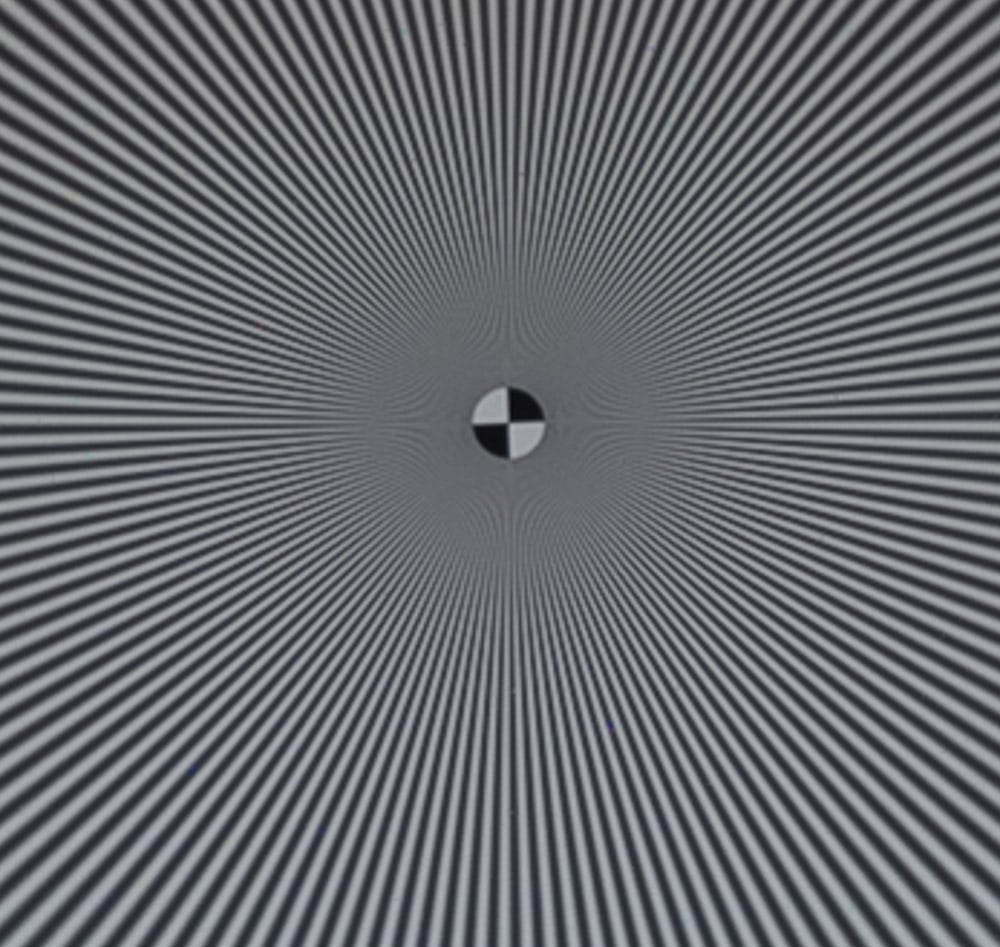
This is the reference. All the crops below were downsampled from the 400 MP image to 100 MP using the methods in the titles.
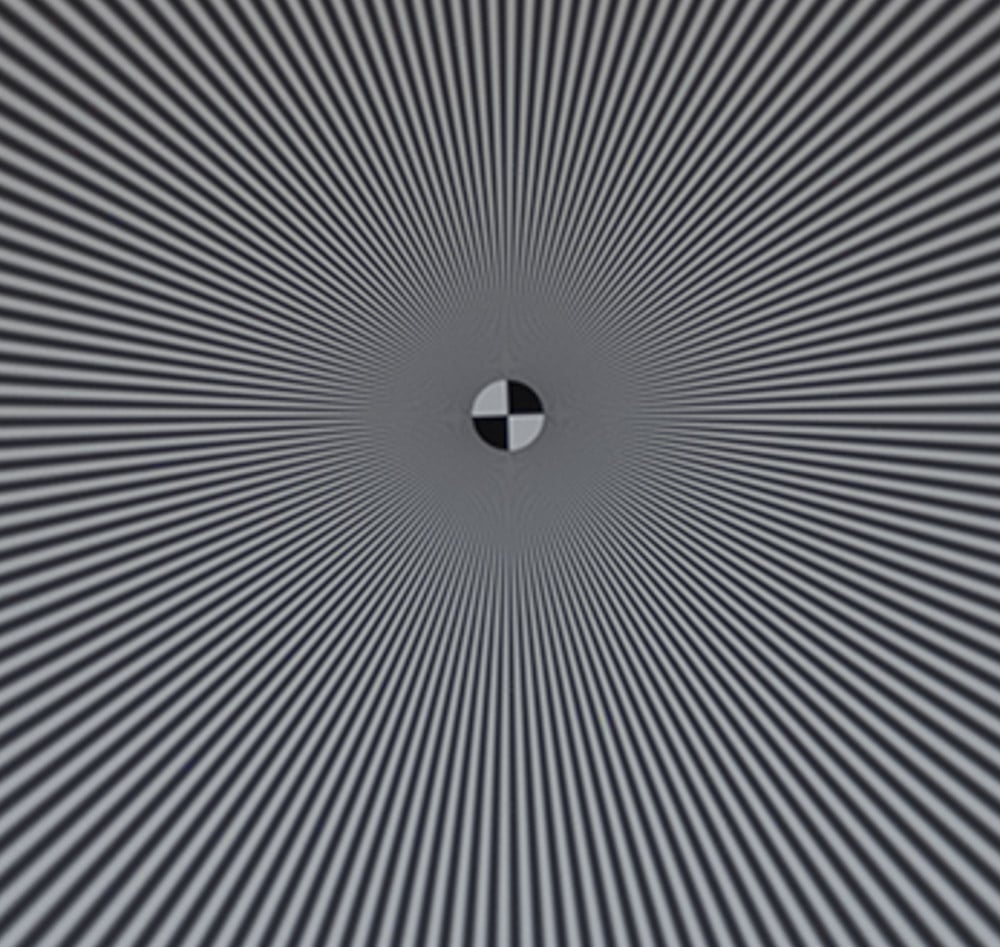
This is what Photoshop picks if you set the method to “automatic”. There is less aliasing than with the Accurate COlor mode, and the image is crisper, too boot.
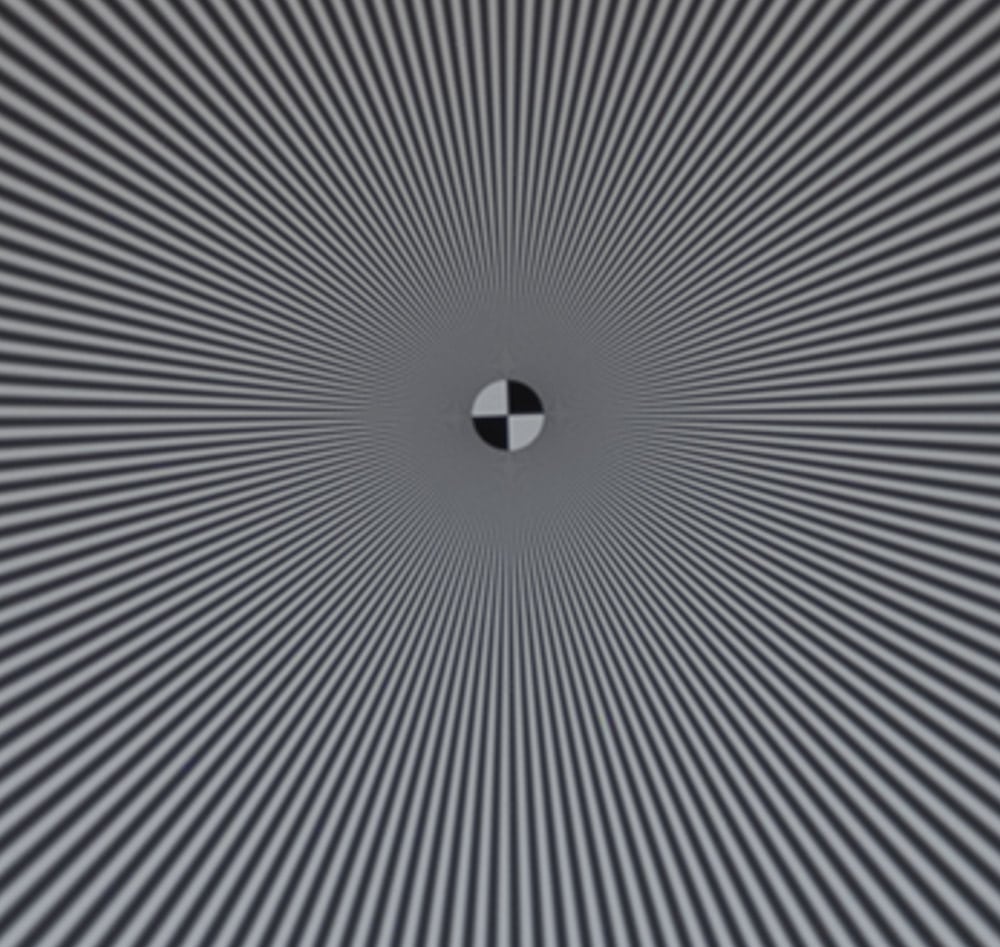
Just plain bicubic doesn’t have much aliasing at all, and is not as crisp as Bicubic Sharper, as you’d expect.
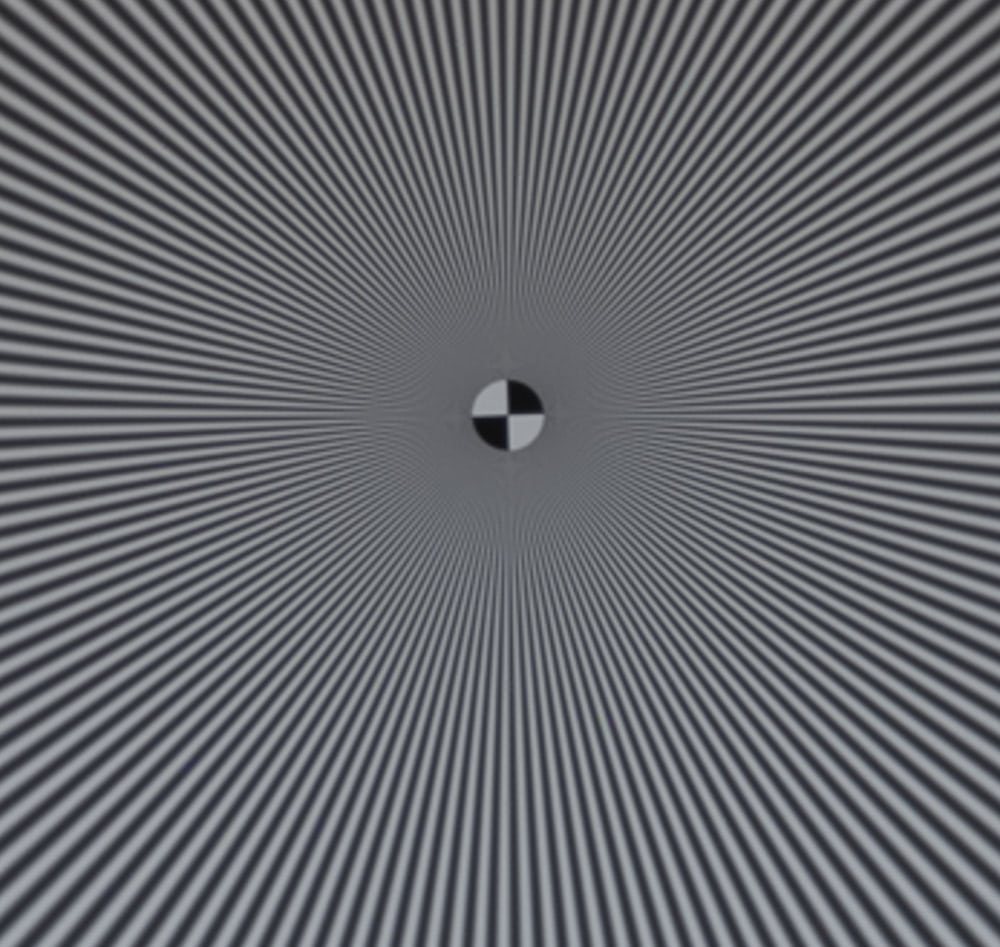
Bilinear has a fiar amount of aliasing, but a bit less that Accurate Color mode.
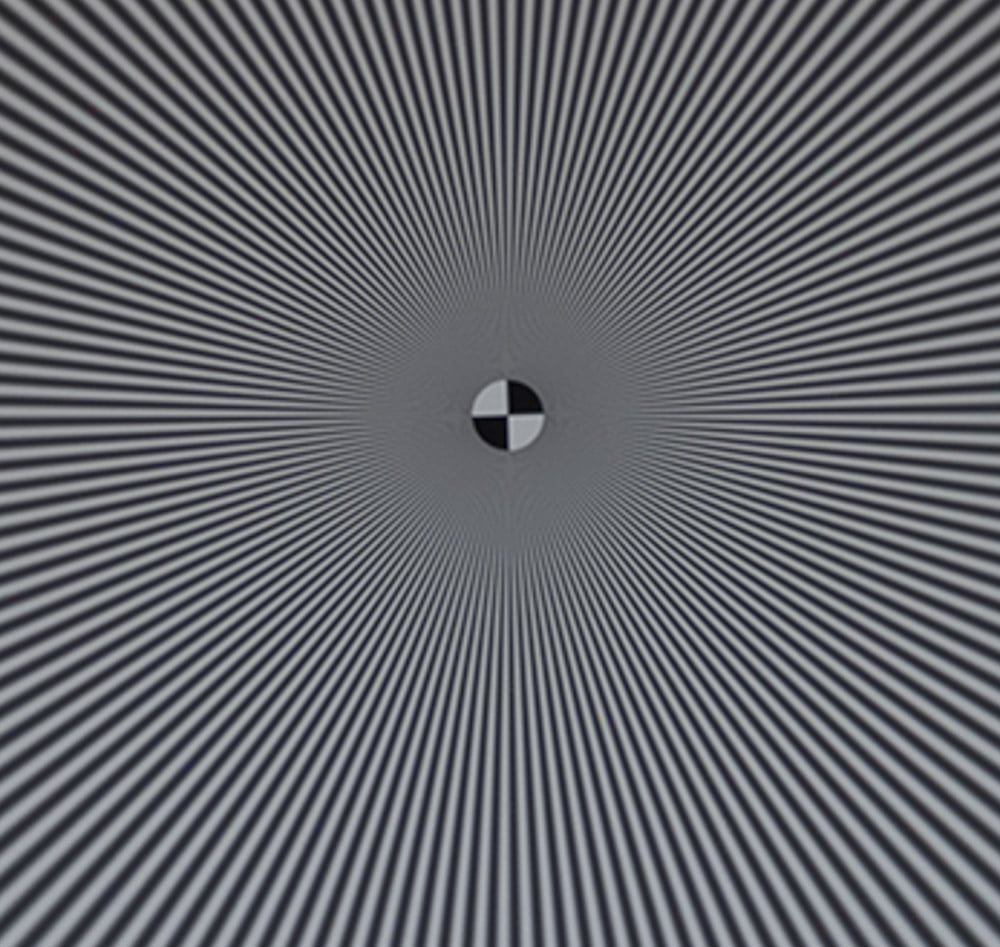
Preserve Details 2.0 is also quite good with respect to aliasing.
Now for something ugly:
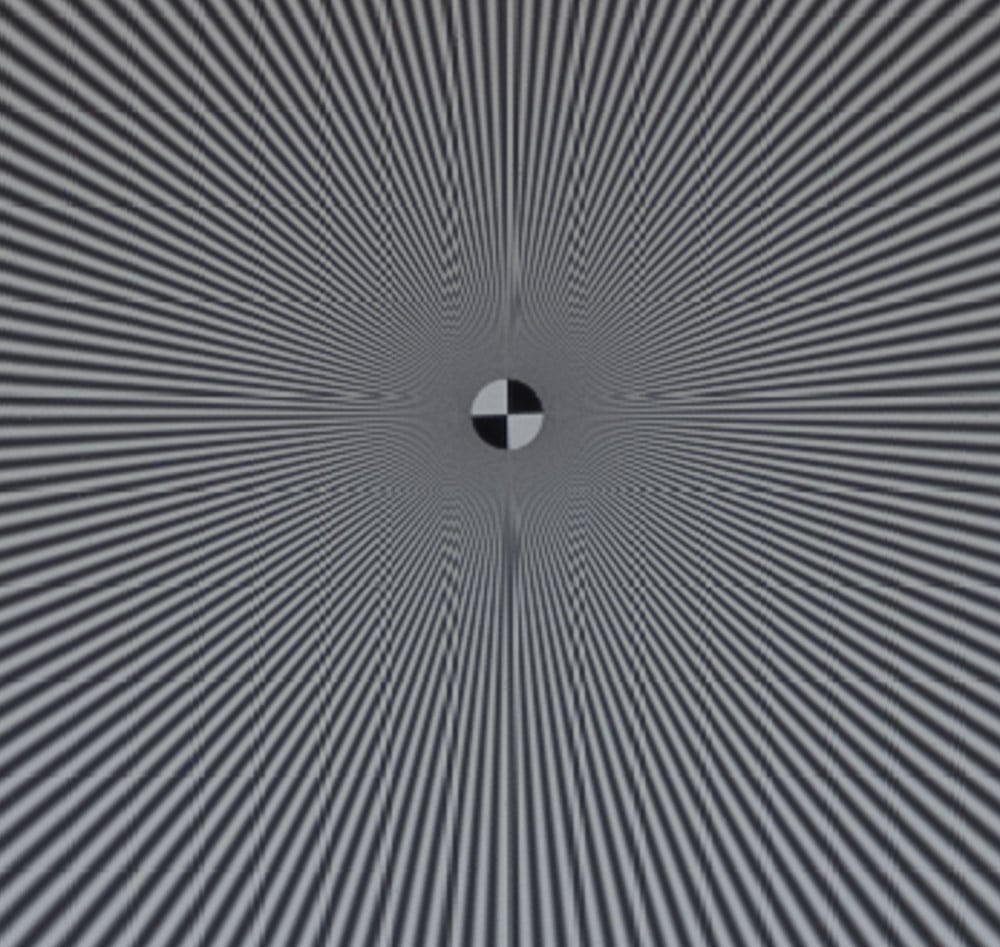
Never, ever, use nearest neighbor for downsizing photographic images.
GigaPixel AI both versions 5.3.4 and 5.5 — is terrible for this task.
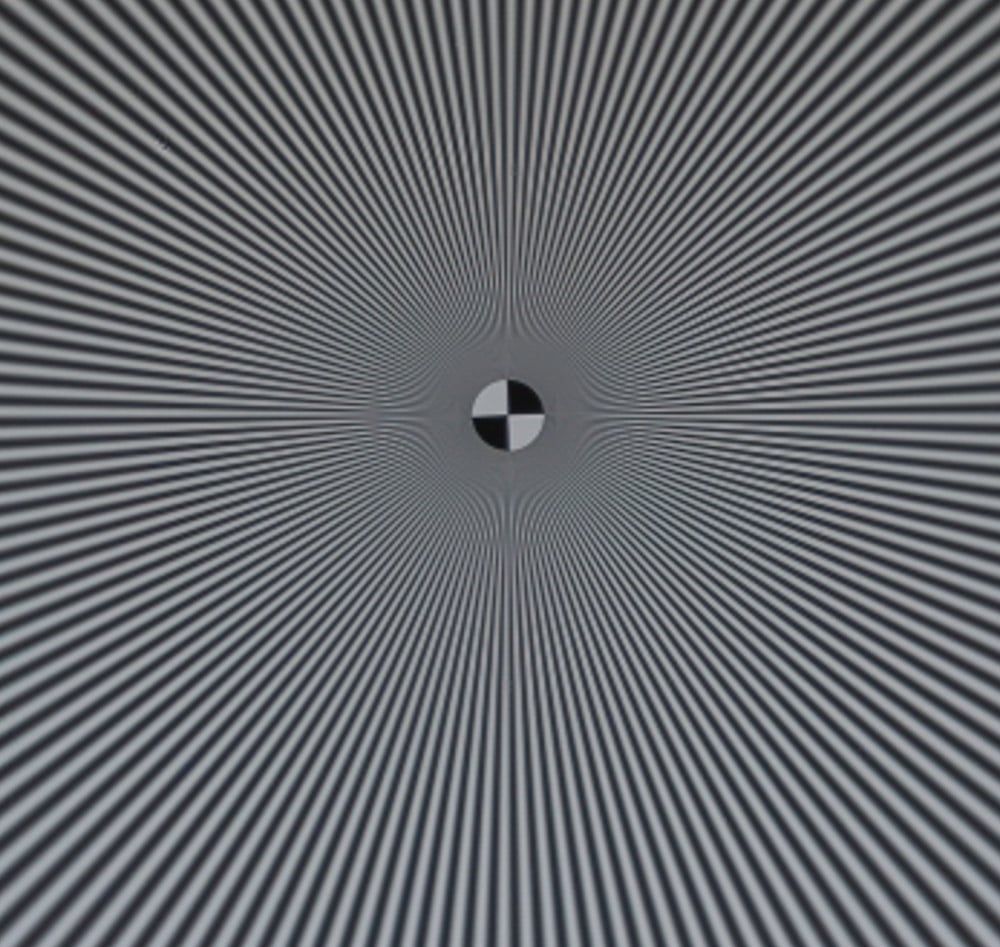
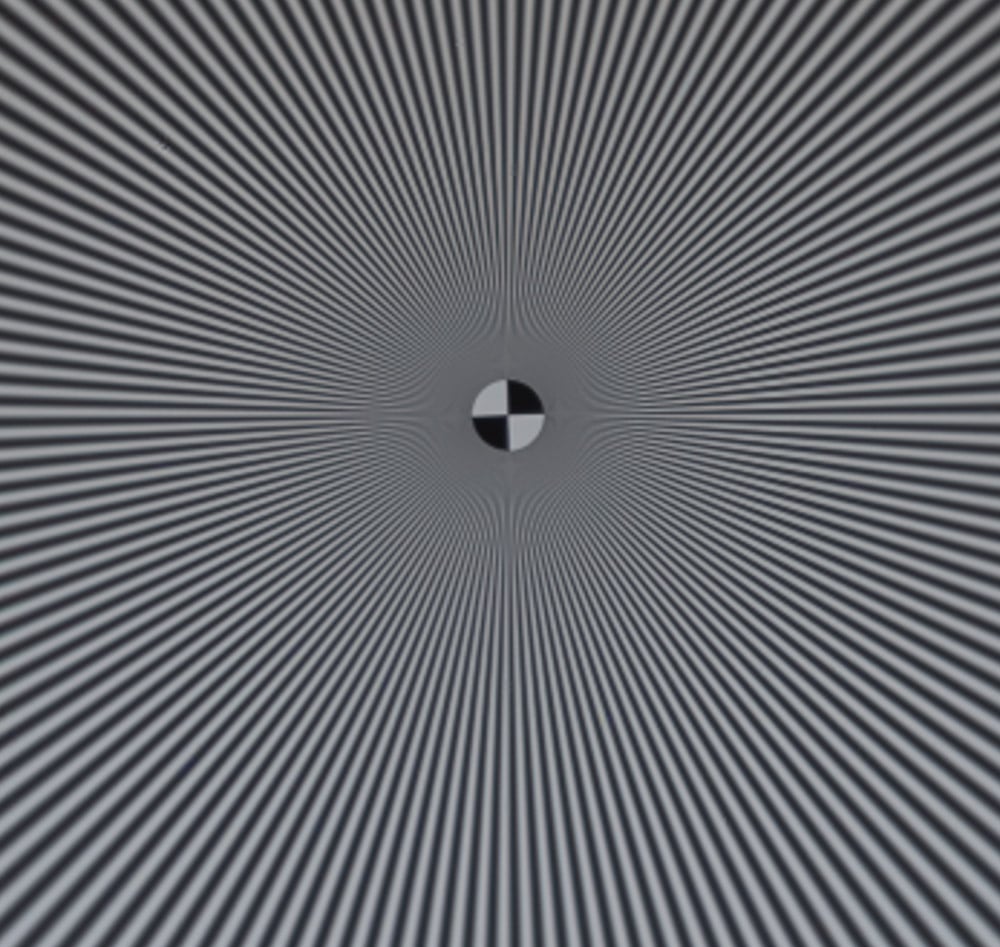
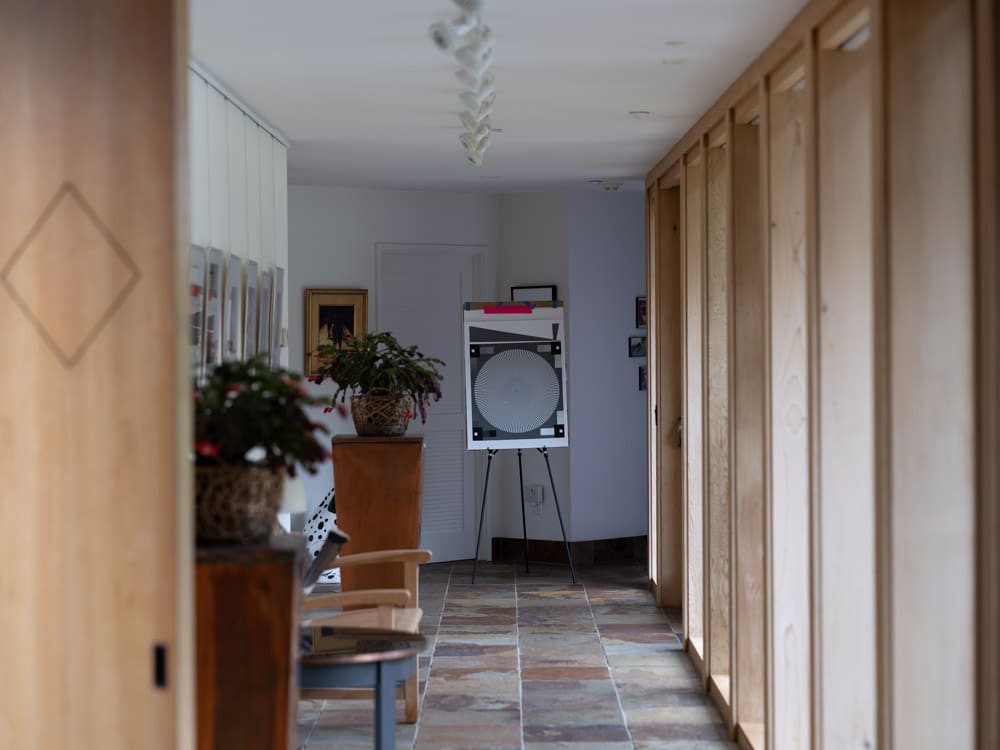
(This was discussed here already — so this is addressed not to Jim, but to the readers who have not seen the previous discussion!)
All the downscaling examples above are hindered by wrong algorithms used for rescaling. The continental divides here seems to be very clearly positioned: ALL the commercial solutions use the wrong algorithms, and ALL the freely available solutions¹⁾ allow downscaling WITH NO ARTIFACTS AT ALL.
¹⁾ … or at least all I know…
(These “bugs” are due to using the rescaling algorithms in the non-linear colormaps.)
In my monitor Accurate Color image shows aliasing up to 4 central circle radii from the center. Then there is a ghostly second order moiré, which I never noticed before (I wonder if the monitor grid plays a role on that). What is amazing is that all Photoshop downsampling methods, except the weird one, reduce the artifacts , while GigaPixel enhances them. It would be still interesting to know what would be the result of Pixel Shift done straight to 100 MP using just 4 shots like Sony does. Does Fuji provide a way to do it? Would it be possible to hack that, if one knows which are the 4 useable frames?
I suspect, but don’t know for sure, that Fujifilm PSC only uses four shots in Accurate Color mode.
Hello Jim,
I was quite sure that your scientific curiosity wouldn’t leave this question without an answer 😉
Anyway thank you for achieving it.
Merci Monsieur.
Jean-Pierre Peretti